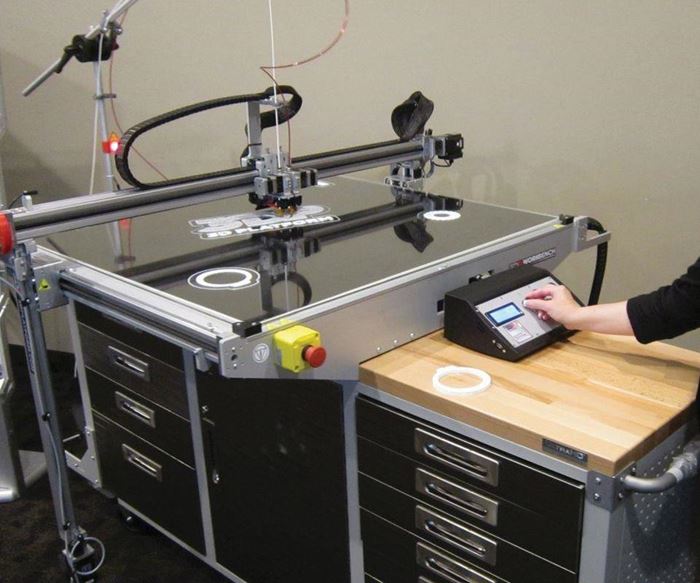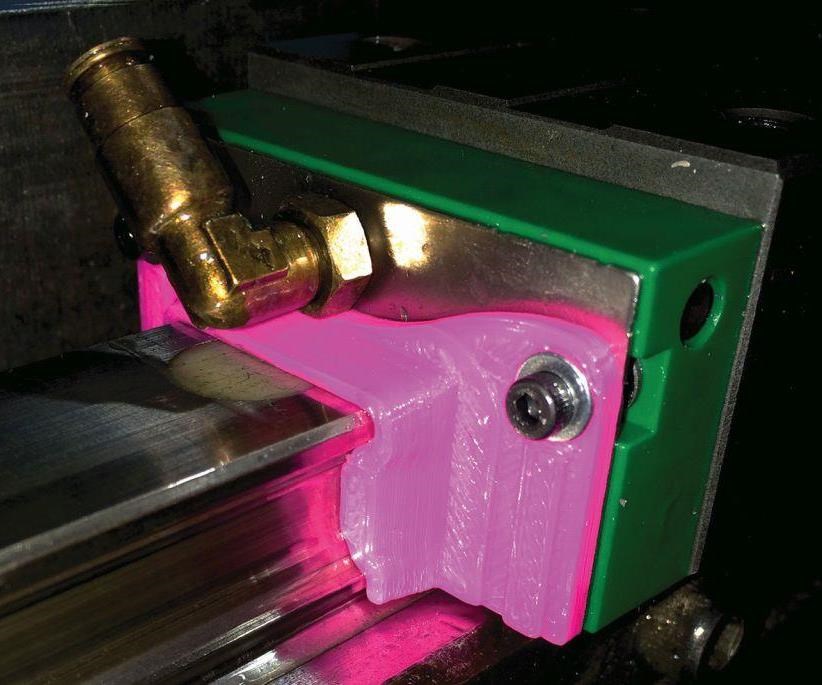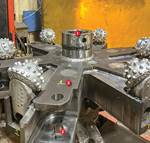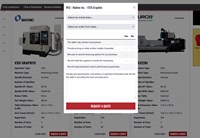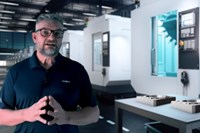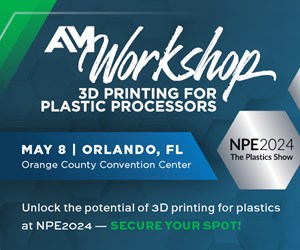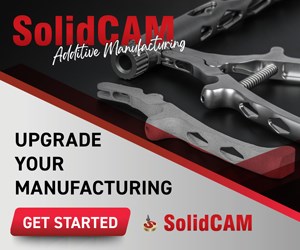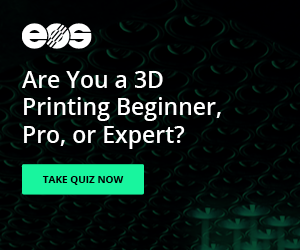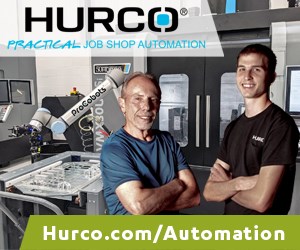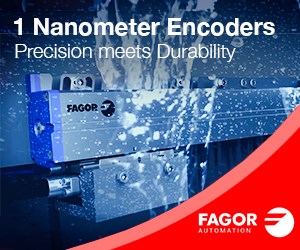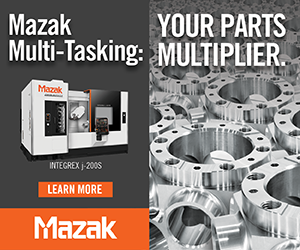Using Additive Manufacturing to 3D-Print Fixturing, Machine Tool Components
Machine shops can consider 3D printing technology a handy way to make custom fixturing and other components.
A little while back, I visited 3D Platform (3DP), located in Roscoe, Illinois, to learn more about the company and its affordable Workbench line of open, large-format 3D printers. Born from PBC Linear, manufacturer of linear motion components actuators and motors, 3DP offer its Workbench 3D printer with a printing build volume of 1 × 1 × 0.5 meter. The machine’s SurePrint servo technology enables print layer resolution a low as 70 microns for a range of materials including ABS, Nylon and others. Plus, a folding gantry enables the machine to fit through a standard-sized door.
This machine can be used for a variety of applications for printing prototypes, production parts, artwork and sculptures, and personalized items commonly derived from 3D scans often used in the medical, fashion, education and entertainment industries. That said, machine shops can also use it to print jigs, fixtures and other components. In fact, 3DP has done that for its own in-house production needs.
For example, the company printed the profile rail wiper shown to the right for one of its machine tools. Although that machine has built-in rail surface wipers that push big steel chips off the rail surfaces, the wiper failed to catch smaller pieces that can be caught in between the rail and the ball bearing system, causing the ball bearing system to fail prematurely. The printed rail wiper added to the machine keeps small chips off the rail while helping retain oil and lubrication in the rail bearings.
In addition, 3DP printed a thread rolling machine die holder that stores the entire set of thread rolling instruments conveniently in one place, supporting the company’s 5S workplace organization efforts.
In fact, our sister publication, Additive Manufacturing (a magazine about additive manufacturing of functional parts), has a collection of articles describing similar ideas for 3D printing of tooling, fixtures, jigs and related items for use in a machine shop.
Related Content
-
Moving To Magnets Doubles Productivity
Moving from hydraulic to magnetic fixtures enabled this shop to reduce setup time, improve rigidity and eliminate manual operations. As a result, productivity doubled.
-
When To Use A Collet Chuck
Don't assume the standard chuck is the right workholding for every lathe application.
-
Custom Workholding Principles to Live By
Workholding solutions can take on infinite forms and all would be correct to some degree. Follow these tips to help optimize custom workholding solutions.

.jpg;width=70;height=70;mode=crop)
